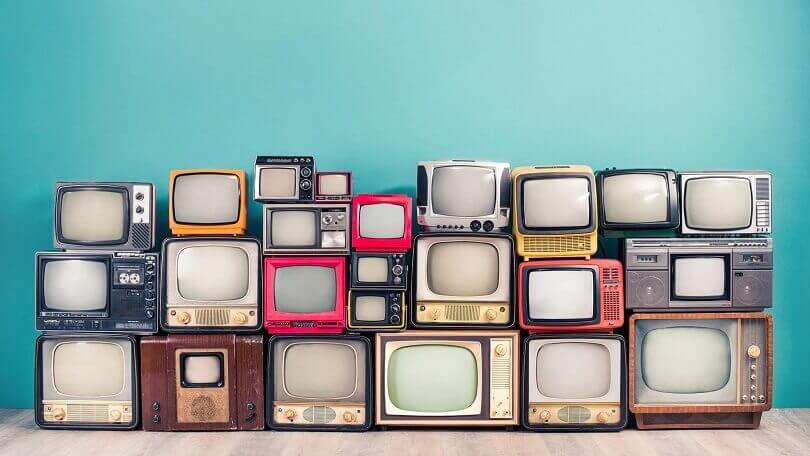Televisions have evolved over the years. The first Television was launched in the early years of the 1920s, and it changed the entertainment perspective. This first television featured an octagon enclosed with a very small screen and a speaker that was barely hearable.
The 1950s, however, featured full-screen televisions that had better and quality speakers. This television stood out as the most sold unit in the entire technological history. During this time, every house within the western country bought a TV.
The 1990s then saw Sony coming through with their best-selling television, which featured the best screen with a dual speaker system. It also had a headphone connect jack for external speakers and other audio-video cables outputs. All this played an important role as this was also the gaming period; therefore, the jack made it possible to connect consoles.
The technology of powering television was not left out during the television evolutions. Initially, the televisions were powered using cables and were known as cable TV. However, they are now being powered digitally, a reason why they are referred to as digital TV.
Digital TV Vs. Satellite TV
The difference that exists between cable TV and the digital TV lies in the fact that the cable televisions are powered using coaxial wiring. The cable was connected to the tv and offered a poor quality viewing experience. Digital televisions, on the other hand, are powered through wireless signals that are received by a positioned dish from a satellite, and the signals are telecasted to the television, thus providing top-quality viewing.
Digital TVs are also customized for the channels; however, a cable TV is not customizable.
What is a Cable TV?
Cable televisions are considered the oldest content transmitting televisions that use VHF and UHF bands to deliver television programs to different subscribers.
The cable television is typically directed through a community and is transmitted to the television. The wires are set within the community and pass to every house.
However, the users have to pay a certain fee to the cable providers to activate all the channels and receive such services.
Cable television isn’t user-friendly as it is complicated when operating.
Since the content is transited via cables, the sound quality is of poor quality as this content transmission approach increases the signal-to-noise ratio, resulting in degraded quality.
The other downside with cable TV is that it is not customizable since all the cables run within a single interface installed in each locality. This makes it hard for customization. Generally, cable TV uses analog signals, which are continuous motion waves used in offering pictures that are then displayed on the TV.
What is a Digital TV?
Digital TV is the new norm when it comes to watching TV. It makes it possible for television stations to stream high-quality and even ultra HD content to televisions.
Once the signals are received from a satellite, the signals are then transmitted to the dishes in each house, thus offering the best picture qualities.
Digital TV makes use of an encoded signal with dishes receiving the call. This makes the digital TV more customizable according to the user’s needs. It can be customized from the channels to even the user interface. This is because it has divided the channels categories into a perfect menu where the TV channels are accessed quickly, thus making digital TV user-friendly.
Digital TV pictures features are crispy, which has seen these TVs evolve into home entertainment with color television. It has also led to significant upgrades within the television sector and in how consumers consume the content.
Difference between Digital TV and Satellite TV
- Cable TV signal is transmitted via cables while digital TV works through the application of a satellite signal received by the dish and displayed on the TV.
- Digital TV display features a high-quality picture since it works through digital signals that help in reducing the noise to movement, ratio thus resulting in a more amazing sound and view experience. On the other hand, cable TV features low-quality pictures as the transmission is done through cables that increase signal-noise ratio.
- Digital TV can be accessed quickly and comes with a user-friendly interface. Cable TV comes with a rigid and hard-to-use interface that is less effective and user-friendly.
- Digital TV is easily customizable since the TV work via a dish setup that is personalized in your home. Cable TV on the same is not customizable and works on a shared signal basis.
- Cable TV keeps on losing picture or sound because of the transmitted signal inconsistency, while digital TV never has sound and sight problems.
Conclusion
The television sector has been one of the most evolving industries over the years. This is attributed to the fact that users still want to enjoy the best of the best in terms of picture and sound quality. From a simple wooden box to highly sophisticated Ultra HD televisions, cable TV has now become a thing of the past as the market ushers in new and improved digital televisions.

